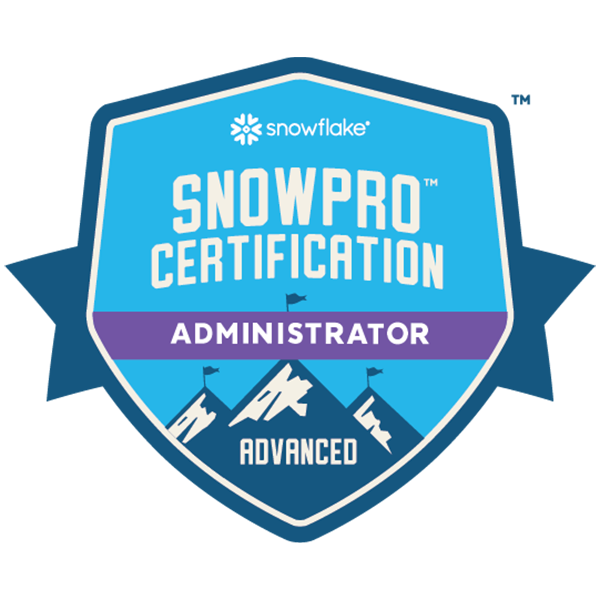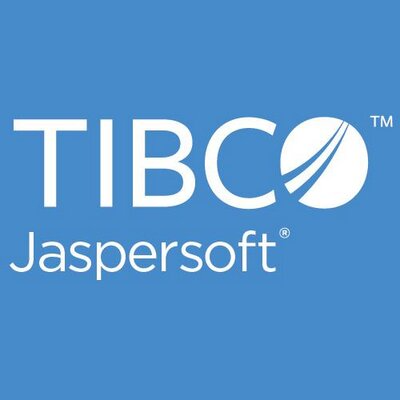Description
Introduction
The SnowPro® Advanced Administrator Training is designed for professionals responsible for managing and optimizing Snowflake environments at an enterprise level. This course provides deep insights into security, performance tuning, resource optimization, automation, and troubleshooting. Participants will gain hands-on experience in configuring Snowflake for high availability, implementing governance policies, and managing workloads efficiently.
Prerequisites of SnowPro®
- SnowPro Core Certification (recommended but not mandatory)
- Hands-on experience in Snowflake administration, security, and performance tuning
- Knowledge of cloud platforms (AWS, Azure, GCP) and networking concepts
- Familiarity with SQL, role-based access control (RBAC), and cost management strategies
Table of Contents
1. Snowflake Architecture and Administration Basics
- 1.1 Snowflake’s Multi-Cluster Shared Data Architecture
- 1.2 Virtual Warehouses: Configuration and Scaling
- 1.3 Understanding Storage, Compute, and Metadata Layers
2. User and Role Management
- 2.1 Implementing Role-Based Access Control (RBAC)
- 2.2 Managing Users, Roles, and Privileges
- 2.3 Automating Access Control with Policies
3. Security and Compliance
- 3.1 Data Encryption and Secure Data Access
- 3.2 Implementing Row-Level and Column-Level Security
- 3.3 Auditing, Logging, and Compliance Best Practices
4. Performance Optimization and Query Tuning
- 4.1 Understanding Query Profiling and Execution Plans
- 4.2 Optimizing Clustering, Caching, and Materialized Views
- 4.3 Best Practices for Performance Tuning and Workload Management
5. Resource and Cost Management
- 5.1 Warehouse and Compute Resource Optimization
- 5.2 Monitoring and Controlling Snowflake Usage Costs
- 5.3 Implementing Cost Governance and Budgeting Strategies
6. Data Loading, Unloading, and Pipelines
- 6.1 Efficient Data Ingestion with Snowpipe
- 6.2 Automating Data Pipelines with Tasks and Streams
- 6.3 Managing External Data Integrations and APIs
7. Backup, Recovery, and High Availability
- 7.1 Using Time Travel and Fail-Safe for Data Recovery
- 7.2 Cross-Cloud and Cross-Region Replication Strategies
- 7.3 Disaster Recovery Planning for Snowflake Environments
8. Automating Snowflake Administration
- 8.1 Using Snowflake’s REST API for Automation
- 8.2 Implementing CI/CD Pipelines for Snowflake Deployments
- 8.3 Scripting Administrative Tasks with Python and SnowSQL
9. Troubleshooting and Incident Management
- 9.1 Identifying and Resolving Performance Bottlenecks
- 9.2 Debugging User Access Issues and Security Events
- 9.3 Monitoring Logs and System Health for Proactive Issue Resolution
10. Best Practices and Case Studies
- 10.1 Enterprise-Scale Snowflake Deployments: Lessons Learned(Ref: SnowPro® Advanced Data Analyst: Expert-Level Analytics with Snowflake)
- 10.2 Common Mistakes in Snowflake Administration and How to Avoid Them
- 10.3 Industry Best Practices for Snowflake Administrators
Conclusion
The SnowPro® Advanced Administrator Training prepares professionals to manage, secure, and optimize Snowflake deployments effectively. This course equips administrators with advanced troubleshooting, automation, and performance tuning skills to ensure high availability, cost efficiency, and compliance in enterprise environments.







Reviews
There are no reviews yet.